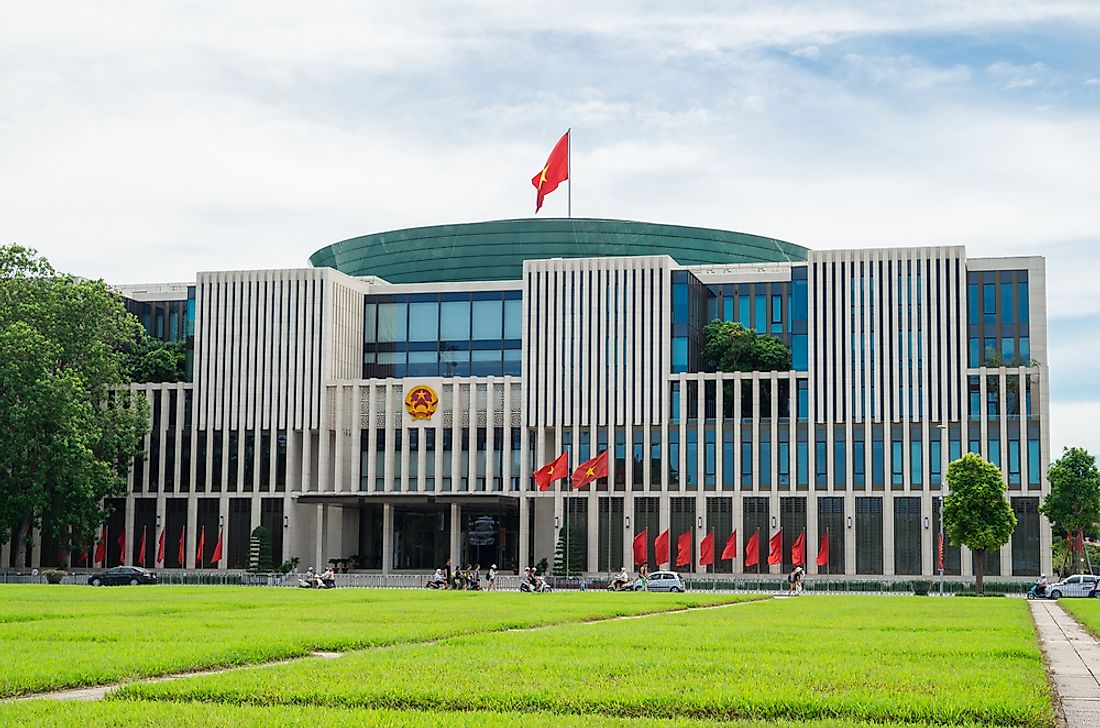Is Vietnam A Country?

Vietnam is a country located in southeast Asia. Vietnam is a relatively large country, with its area of 128,069 square miles making it the 65th largest country in the world. The country is also among the most populous in the world, having a population of over 94.5 million. The country has an elongated shape and is bordered by Malaysia, China, Indonesia, the Philippines, Laos, and Cambodia. The South China Sea limits the country to the east. Hanoi is the nation’s capital city while the largest city is Ho Chi Minh City. The country is made up of 58 administrative divisions known as provinces, and an additional five municipalities.
Vietnam has been a member of the World Trade Organization since 2007. Joining the World Trade Organization helped boost Vietnam’s image in the world economy and has opened new trading opportunities for the country. Vietnam also holds membership in the United Nations, and all members recognize it as a sovereign country. The country is also a constituent country of the Association of Southeast Asian Nations, an economic bloc that brings together the countries in the region. As a member of the economic bloc, Vietnam is also part of the ASEAN Economic Community.
Economy
Economically, Vietnam is recognized as among the world’s emerging economies. The primary economic driver in Vietnam is agricultural produce, with the country being well known for its rice and tea. However, the country has also become a dominant player in the petroleum industry in the region. The daily production of oil from Vietnam averages at 0.318 million barrels, the third-largest oil production in Southeast Asia.
Law and Governance
The Constitution of Vietnam, which is the nation’s supreme law, defines Vietnam as a unitary one-party socialist nation. As such, all government functions revolve around the Communist Party of Vietnam. However, the scope of the General Secretary of the country’s Communist Party is restricted to the affairs of the party. The country has both a President and Prime Minister with the President being elected in general elections. The National Assembly represents Vietnam’s legislature and is made up of 498 members, and led by the Chairman. The National Assembly is superior to the judiciary and executive and has the authority of appointing government ministers. The Judiciary of Vietnam is the judicial arm of government and is headed by the Chief Justice. The Chief Justice also heads the Supreme People’s Court, which is the highest court in Vietnam.
History
The country has been inhabited for thousands of years, with paleontologists unearthing prehistoric artifacts which suggest that Vietnam was home to a significant human population as early as the 11th Century BC. The country was under Chinese rule for centuries, albeit with brief interruptions from independence movements. Vietnam would become a French colony as part of French Indochina in the 19th Century and remained as such until it gained independence in 1954, but almost immediately partitioned as North and South Vietnam. The country was engulfed in a bloody war in the 1960s and early 1970s, known as the Vietnam War. Soon after the war ended, the country was reunified into the Socialist Republic of Vietnam.











